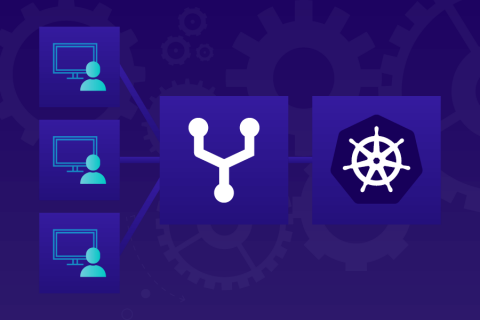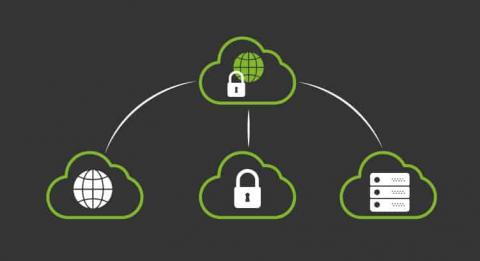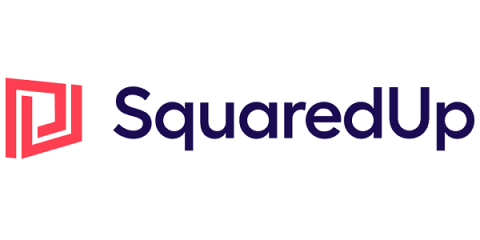Enable GitOps for Kubernetes Security - Part 1
“How do I enable GitOps for my network policies?” That is a common question we hear from security teams. Getting started with Kubernetes is relatively simple, but moving production workloads to Kubernetes requires alignment from all stakeholders – developers, platform engineering, network engineering, security. Most security teams already have a high-level security blueprint for their data centers.











